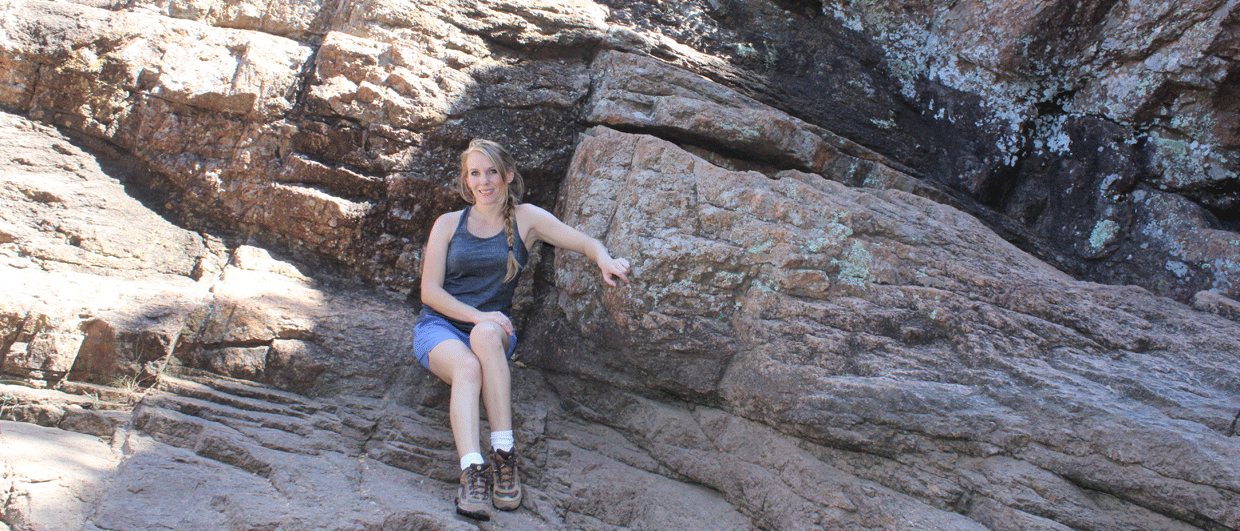Conjugate faults or fractures are a set of shear fractures that formed simultaneously under the same stress conditions. According to Andersonian Fault Theory, this could involve a series of left-lateral and right-lateral strike-slip faults separated by a 60-degree angle. For normal faulting, it could include synthetic and antithetic faults.
While a conjugate geometry is a key characteristic, not all fault or fracture sets with this arrangement are true conjugates. They might represent two distinct fracture sets formed at different times. Understanding whether a fault set is truly conjugate has significant implications for fracture connectivity, the degree to which fractures are interconnected, and the ability of fractures to transmit fluids. In that light, knowing that a set is not a conjugate pair also reveals important information about the paleo stress history and the past stress conditions that shaped the rocks.

Determining if a fault set is truly conjugate requires careful observation and analysis. Some key clues to look for include cross-cutting relationships, mineralization or alteration, and kinematic or slip sense analyses.
The fractures in the figure exhibit a conjugate-like geometry, but closer inspection reveals several clues suggesting they represent two distinct sets.
First, the cross-cutting relationships. The blue set appears to interact with the more through-going red set, suggesting the red set was pre-existing. For example, the finger points to a location where a blue fracture “curves” nearly perpendicularly to the red fracture, indicating an interaction that would only occur if the red set was already present.
Second, kinematic inconsistency. The red set appears to offset the blue set with a left-lateral sense of slip (white circle). This is inconsistent with Andersonian Fault Theory, which would predict a right-lateral offset for true conjugate faults, further supporting the idea of two separate fracture sets.
Third, differential alteration. Nearby, the red fracture set has undergone bleaching, while the blue set remains unaltered. This differential alteration provides strong evidence that these are not true conjugate fractures, as they likely formed under different conditions or at different times. Due to its more through-going nature, the red set is also more likely to be more conductive under ideal stress conditions than the blue set.
By carefully considering these clues, geologists can gain a more accurate understanding of the origin, evolution, and behavior of fault and fracture systems, which has significant implications on hydrocarbon exploration, groundwater flow, and injection and production of fluids and gasses.





